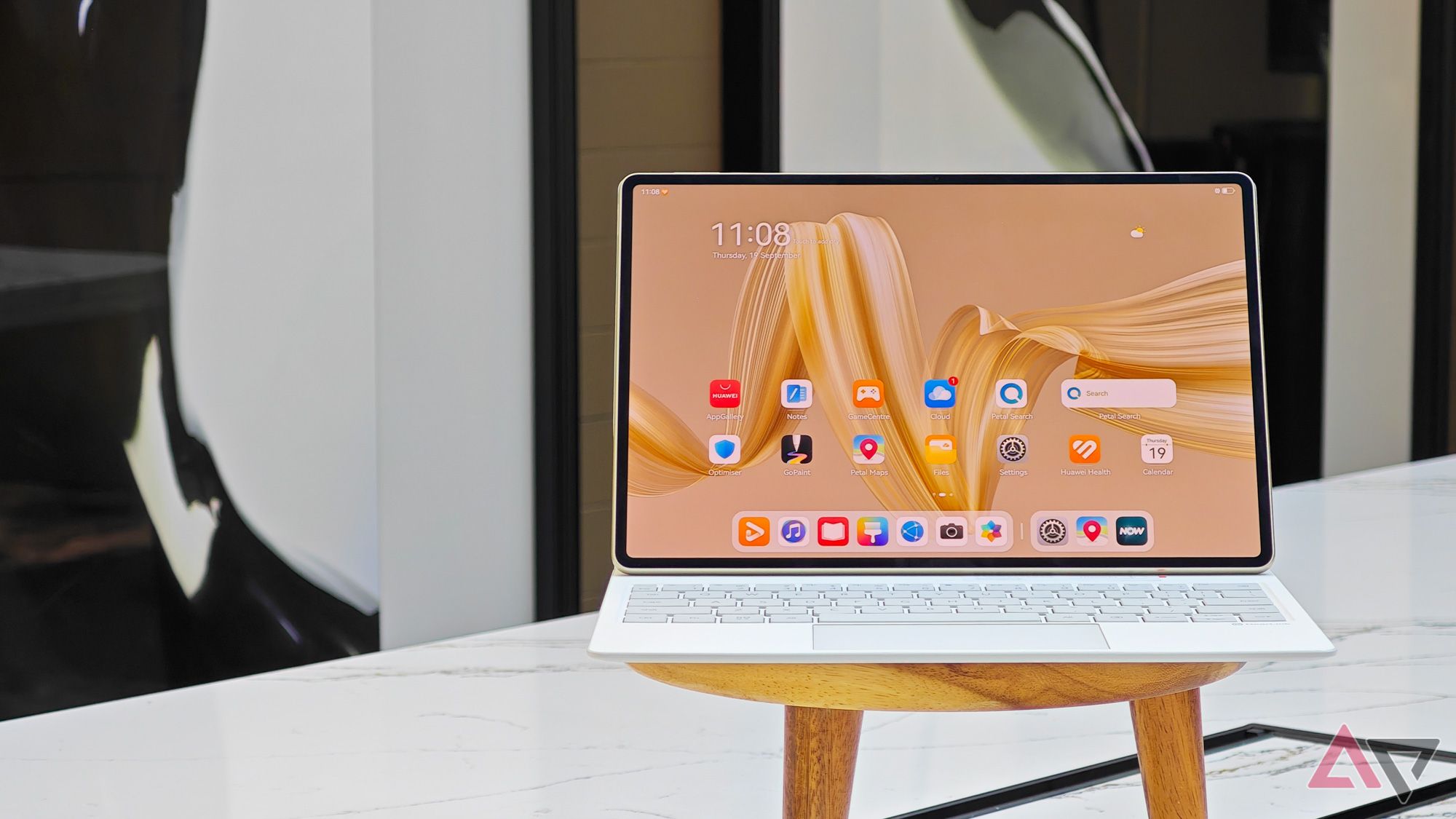
When Apple unveiled the first tandem OLED iPad Pros earlier this year, it gave a new lease of life to OLED, a display tech that’s long been the gold standard, but has been increasingly under threat from mini- and micro-LED panels.
Now Apple isn’t alone, with Huawei introducing tandem OLED displays to its new MatePad Pro 12.2 tablet – with a twist.
Tandem tech
When we reviewed this year’s iPad Pro models, we called the tandem OLED panel “the best on any tablet,” and predicted that “tandem OLED will likely be the next display frontier on which companies compete.” Now that competition has officially begun.
First announced in China last month, but now getting a global launch – excepting the US, of course – the new MatePad Pro is the first consumer tablet outside the Apple ecosystem to feature a tandem OLED screen.
Using two stacked OLED panels, tandem OLED tech is designed to compensate for the weaknesses of other OLEDs, while maximizing its strengths. With no backlight needed, panels can stay ultra-thin, and you get that great OLED contrast. But adding the second panel makes it possible to increase brightness beyond the usual OLED limits, while actually allowing each individual panel to run less bright than usual, increasing power efficiency and reducing the risk of burn-in.
The new MatePad Pro’s dual-layered OLED display takes full advantage, maxing out at a punchy 2,000 nits of peak brightness. In addition to being bright, Huawei says the panel should last three times as long as a regular OLED – not that the panel is the usual point of failure on a tablet – and uses 33% less power.
Paper thin
For an extra edge over the iPad Pros, Huawei has paired the tandem OLED layers with its own PaperMatte finish. This is a little like TCL’s NXTPAPER panels, with reduced glare and a paper-like, slightly textured feel and haptics, delivering a few of the benefits of an e-ink panel without sacrificing visual detail along the way.
In person it looks fantastic. The matte effect is gorgeous, and keeps glare to an absolute minimum, making this a much more dependable display if you’re working on the move. It does reduce visual fidelity slightly when it comes to multimedia output though, meaning this won’t be the tablet to buy if your main aim is a Netflix binge.
Still, it’s tech intended primarily for productivity, complete with a reading mode that makes the screen monochrome – ideal for both removing distractions and giving your eyes a little TLC.
A 144Hz refresh rate and thin 4.6mm bezel add to the premium feel befitting a high-end device, as does the slim, 5.5mm thick build. That’s despite a 10,000mAh battery capacity and nippy 100W charging. Huawei even includes a keyboard case and stylus in the box, cementing the impression that this is intended to be a Pro-style productivity and creativity slate.
Of course, in the wake of Huawei’s much-publicized ban from the US market, this not only won’t get a North American release, but isn’t actually running Android. Huawei’s HarmonyOS may have begun life as an Android fork, but over a few years it’s slowly diverged, even if a number of apps remain cross-compatible and there are workarounds to get Google back onboard.
But where Huawei goes, other Chinese OEMs often follow, so it wouldn’t be surprising to see the MatePad Pro followed by tandem OLED tablets from the likes of Xiaomi, Honor, and Oppo – the latter of which could perhaps even make it to the US one day as a OnePlus Pad, though that would mark a significant move away from the midrange market that’s been targeted so far with the OnePlus Pad and Pad 2.
So far leaks don’t suggest that Samsung is about to incorporate tandem OLED into its Galaxy Tab S10 series, expected to launch later this month, though the tablets may adopt the anti-reflective coating found on the Galaxy S24 Ultra, which would at least be a halfway step in Huawei’s direction.
Source link


